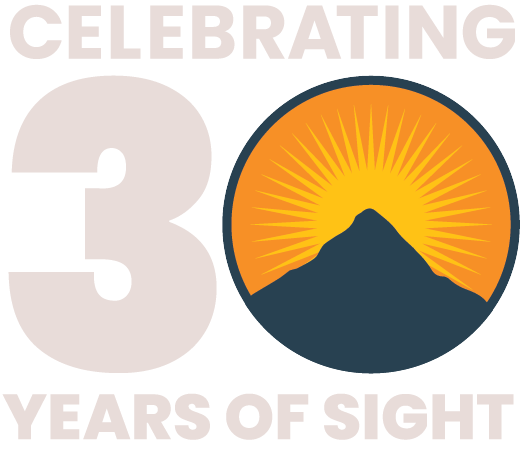Worldwide there are an estimated 285 million people suffering from vision impairment and 39 million who are blind. ‘Low vision’ is defined as visual acuity of less than 6/18 but equal to or better than 3/60 or a corresponding visual field loss to less than 20 degrees in the better eye; ‘blindness’ is defined as visual acuity of less than 3/60 or a corresponding visual field loss to less than 10 degrees in the better eye; and ‘visual impairment’ includes both low vision and blindness. The World Health Organization predicts that 80% of these are preventable cases, and 90% of these individuals are located in low-income countries where access to eye care is limited. As life expectancy and standard of living have improved in many parts of the world, the burden of blinding eye disease has increased with the aging population. In the last decade, other than cataracts, glaucoma, corneal opacities, age related macular degeneration and diabetic retinopathy have emerged as some of the most common causes of preventable blindness. As blindness can be avoided in all of these conditions if diagnosed and treated early there is an urgent need to expand screening capabilities for these conditions. However, such screening can be challenging in resource-limited settings for a variety of reasons such as lack of health infrastructure, lack of trained eye health personnel, and the inability to obtain cost prohibitive ophthalmic equipment.
The Himalayan Cataract Project (dba Cure Blindness Project) is a 501(c)(3) nonprofit organization; Tax ID 03-0362926. Your gifts are tax-deductible to the fullest extent of the law. Principal photography provided by Ace Kvale, Michael Amendolia, and other photojournalists who have generously supported our work. Site design and development by Flannel



